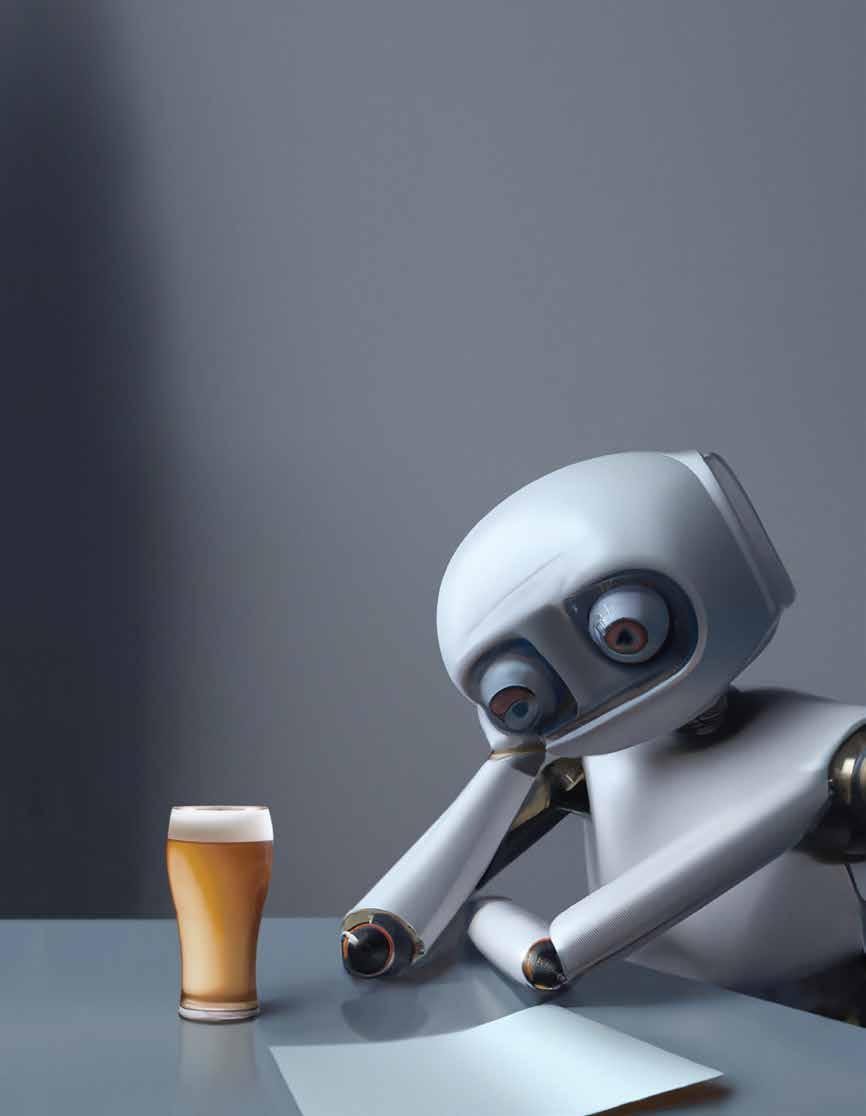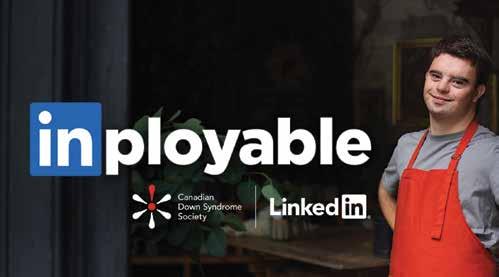
3 minute read
CANADA’S GOING GREY. NOW WHAT?
By Mike Connell
Like many western nations, Canada is getting older – and it’s a trend that’s going to continue. According to StatsCan, the proportion of seniors (65-plus) in the population will increase from 18.5% in 2021 to as high as 29.8% in 2068 (depending on how Canada’s population grows). The number of older seniors (85-plus) will also climb rapidly, particularly between 2031 and 2050 as the baby-boomers enter the age group. While this demo numbered 871,400 in 2021 – double what it was in 2001 – expect it to grow to between 2.8 million and 3.6 million by 2068. In fact, it’s one of the country’s fastest-growing groups.
With Boomers already representing upwards of 60% of consumer spending power, appealing to older generations is going to become increasingly important in future.
Luckily, we don’t have to reinvent the playbook. Lisa Reid, country leader for P&G Beauty Canada, insists that the goal – for this or any other demo should always be about solving problems and being representative in your messaging.


P&G brand Olay is a good example, she says. While it’s an iconic brand that has been around for a long time, she says they “thought very intentionally around the idea that, although the highest dollars in the skincare category are found in the 18 to 35 users and spenders, women of all ages have skincare needs, which can be met with the great range of products that we have.”
So, the 59-plus consumer is actively represented in all of their marketing efforts. Whether it’s packaging (Herbal Essences effected a more inclusive design strategy, with colour as well as tactile indicators to ensure users could easily differentiate between shampoo and conditioner), or product design (P&G’s the shower and if the cap is easy to open.
“I walk through stores every week,” Reid explains. “I watch people shop. You have young parents with kids, or Boomers with mobility issues who may only have one hand to shop with,” so what insights can you get and learn from there?
It’s a good approach. After all, this is a cohort that likes shopping. According to 2023 data from the Hubspot State of Consumer Trends Report, Boomers prefer retail shopping more than any other generation, with 44% saying they have discovered new products in retail stores in the past three months, and 38% saying that’s where they find new items most often. (Though TV remains the prime driver: 53% of Boomers have discovered new products through TV ads in the past expertise, services and affordable products to meet any ability by creating a one-stop destination for universal design options.
Johanna Faigelman, founding partner and CEO of HumanBranding, a research consultancy focused on the application of anthropology in marketing and business, describes Boomers as unlike what has come before – and that offers opportunity. “Seventy is the new 50,” she says. This is a demo that shows an “unwillingness to conform to previous generation’s definition of what a career looks like. Midlife and retirement have been drastically transformed by Boomers. Menopause used to be the end of something, now it’s the beginning of something else.
“They want to feel young and healthy, so if you can tap into that and you have a good, ethical story behind your brand, I think you can captivate that audience.”
It’s one of the reasons brands like Seattle-based Leisure Care, one of the largest privately held retirement and assisted living companies in the U.S., decided to evolve. The company recently announced it was updating it’s branding to meet the needs of the next generation of retirees. The new positioning is all about joy, purpose and passion. Or, as it describes their target market on its home page and social: “Rather than sitting in a rocking chair, they want to keep rocking – and we’re helping them do just that.”
Hair Biology brand was specifically designed for “that peri-menopausal and beyond stage”), Reid says that it’s all about going back to the fundamentals.

“Design from the experience back,” she says. What’s the problem the product can solve and how will the consumer use it? Branding-wise, it’s not just about differentiation on the shelf, it’s also about asking if the user is wearing their glasses in three months, and 62% say their TV set is where they discover products most often.) What drives Boomer purchasing? Primarily price (80%) and quality (77%).
It’s that kind of intel that recently drove home reno brand Lowe’s to announce ‘Lowe’s Livable Home’ for the U.S., a multi-year commitment to become the leading retail destination for aging-inplace solutions. The initiative plans to offer
Reid advises brands to just keep learning – even scouring Google, Yelp and Amazon reviews, whether to identify and fix a problem consumers are experiencing with a product, or highlighting and educating around a benefit many aren’t aware of. There are no one-size-fits-all conversations or solutions with this demo, she says: “Making broad assumptions about any age group is a mistake, so the key is to design around the solution or need change.”
The pay-off will be worth it. “These people are ready to spend,” sums Faigelman. “They are ok with reinvention, and they’re willing to invest in themselves, their families and their pets. They’re not sticks in the mud or traditional old people. You better not think of them that way, or you’re going to miss the boat.”









